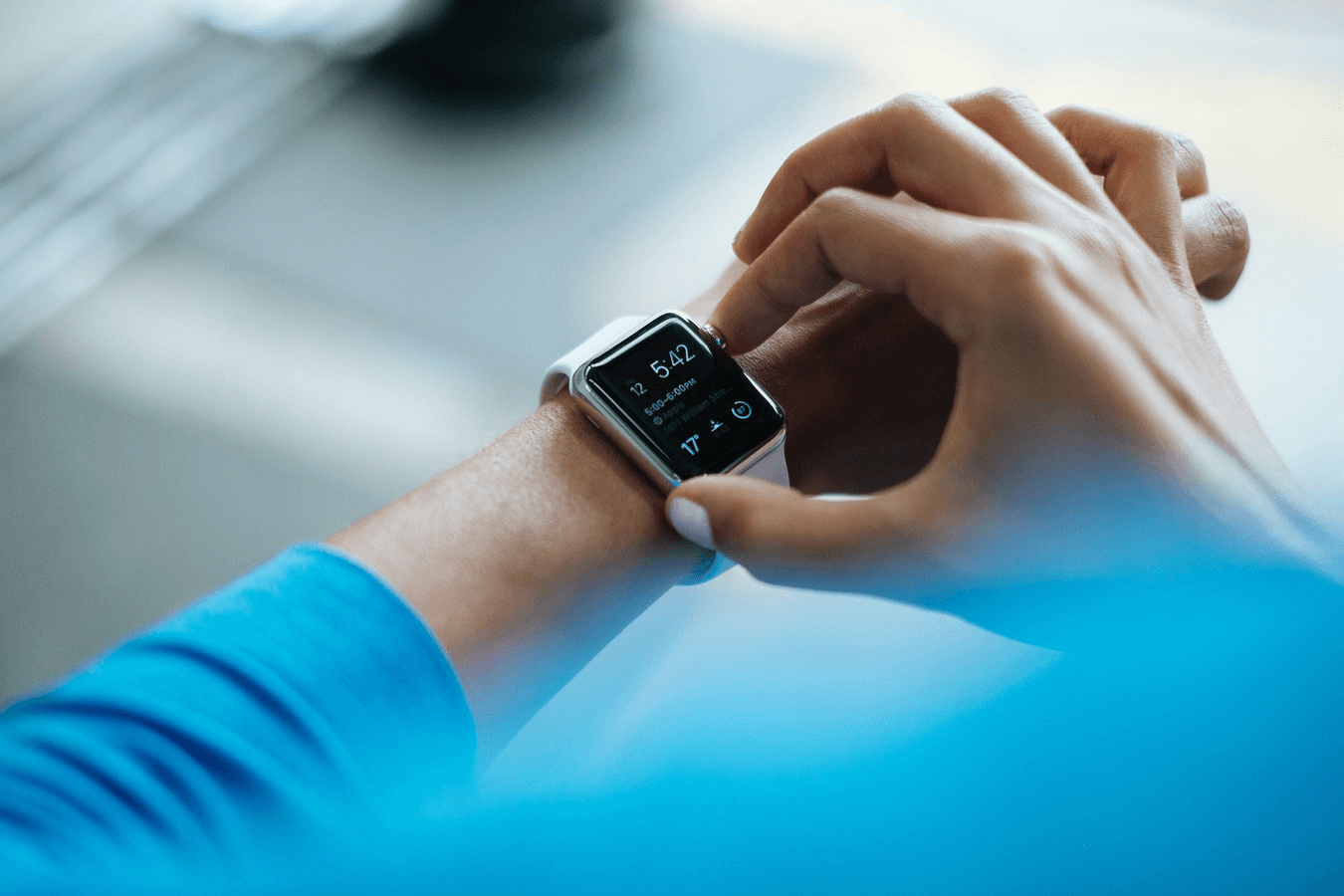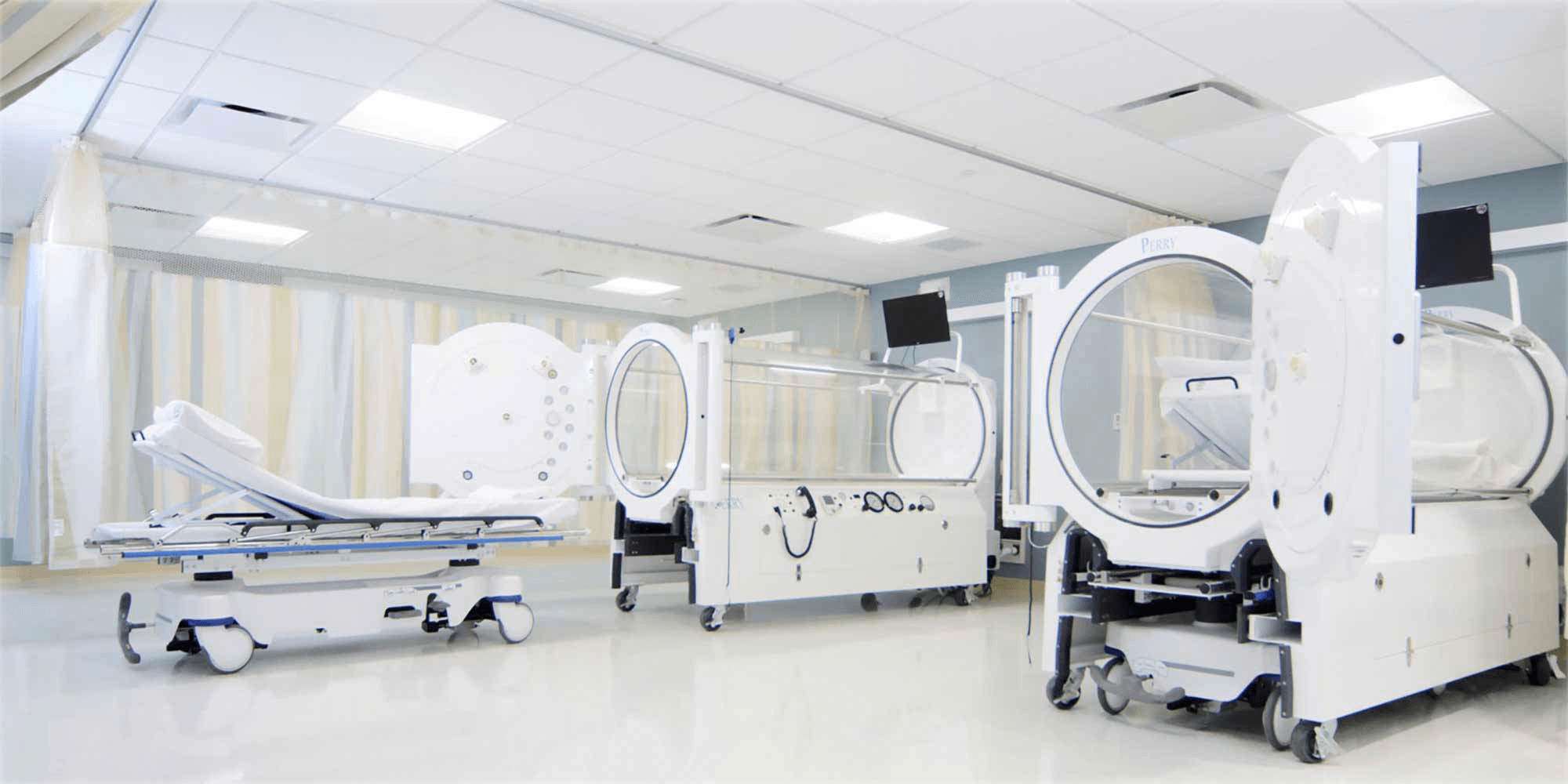How to Treat Chronic Diseases with 1.3ATA portable hyperbaric chamber?
sImpacts of hyperbaric chamber oxygen therapy bring on body
1.3ATA portable hyperbaric chamber is a scientific and modern treatment method. It is based on 100% oxygen inhalation to a patient taken into the pressure chamber. Oxygen is carried to tissues by inhaling at high pressure.
It has therapeutic properties in many acute diseases caused by the lack of oxygen. Versatile effects are achieved due to the oxygen dissolved.
What is 1.3ATA portable hyperbaric chamber treatment method?
HBOT is a treatment performed with 100% oxygen breathing at single pressure or higher pressure rooms. It is the treatment that allows patients to stay here for a certain period of time. This method works by inserting them into single or multi-person pressure cabinets.
1.3ATA portable hyperbaric chamber treatments started by breathing air in high-pressure environments in 1662. After oxygen was discovered by Priestly in 1775, oxygen treatments were started to be tried in the pressure chambers.
In the 1930s, it was successfully used in VURGUN disease. Later, HBOT treatment was started to be used for the reasons described below.
How does 1.3ATA portable hyperbaric chamber treatment affect?
The 1.3ATA portable hyperbaric chamber mechanism of action can be grouped under two main headings.
- Direct effect of pressure
- Effects due to the increase of pressure of oxygen

Direct Effect of Pressure
According to gas laws, there is an inverse proportion between pressure and volume. According to this inverse proportion, if the pressure increases in a closed space, the volume becomes smaller.
This effect causes the volume of gas bubbles in the blood to shrink. This effect is used in the treatment of:
- Striking illness
- Deep water diving
- Gas occurring during medical procedures.
Effects of Dissolved Oxygen in Blood Due to the Increase of Oxygen Pressure
According to the laws of gas, if the pressure of any gas increases on the liquids, the solubility of the gas in that fluid increases. The amount of hemoglobin in 100 ml of blood is about 15 grams.
When 1 gram of hemoglobin is saturated with 100% oxygen, it can carry 1.34 ml of oxygen. That is, 20.1 ml of oxygen is carried in 100 ml of blood.
Under normal atmospheric conditions, 0.3 ml of oxygen is dissolved in blood in 100 ml of blood.
Effect on microbes
Oxygen-loving bacteria usually respond differently to increased oxygen pressures.
Very common microbes in diabetic foot wounds accelerate their reproduction. But when the ATA pressure values exceed 1.3 AT, oxygen becomes negative.
Moreover, their growth slows down. High oxygen 1.3ATA portable hyperbaric chamber pressures have a lethal effect on germs. Similarly, it does not like absolute oxygen.
1.3ATA portable hyperbaric chamber therapy, usually:
* Decompression disease
* It is used for acute and chronic neurological diseases.
Oxygen under pressure has two main mechanisms of action;
- Mechanical effect and
- Effect of increased partial oxygen pressure.
1.3ATA portable hyperbaric chamber shows the effect achieved through partial oxygen pressure in four ways.
- Antihypoxic effect:During HBOT application, it is related to the high dissolution of oxygen in other fluids and tissues
- Antiedema effect:Total blood flow decreases with the astringent effect ofoxygen.
- Antitoxic effect: Itsuppresses exotox in production of HBOT Clostridium type bacteria
- Antibacterial effect:HBOT provides antibacterial effect directly or indirectly. It also shows synergistic effects with some antibiotics.
The mechanism of action of 1.3ATA portable hyperbaric chamber therapy
Hemoglobin in red blood cells carries 97% of oxygen in the blood. The remaining 3% is carried in the liquid part of the blood. 1 gram of hemoglobin binds 1.34 mL of oxygen.

Since the oxygen carrying capacity of hemoglobin cannot be increased further, the amount of oxygen carried to the tissue under normal conditions will not be increased.
Erythrocytes deliver very limited oxygen to tissue cells. This is called partial oxygen pressure.
During injuries, infections and other diseases, oxygen to the tissues almost goes to zero. This decrease in oxygen flow is called ischemia.
Here 1.3ATA portable hyperbaric chamber can be very useful.
Acute and chronic effects of 1.3ATA portable hyperbaric chamber therapy in neurological diseases
- Reduces brain edema
- Blood brain set and corrects cell membrane functions
- Increases new vessel formation
- Removes free radicals
- Reduces thrombus
- Helps intestinal flora to improve.
- Antioxidant is effective if it is not applied for a long time
- It has anti-inflammatory effect.
- 3ATA portable hyperbaric chamber therapy can increase the production of stem cells.
- Moreover, it provides the production of new nerve cells.
Epithelial damage occurs in oxygen treatments that exceed 24 hours. This is due to the emergence of free oxygen radicals. Therefore, some physicians suggest that HBOT will increase free oxygen radicals.
However, HBOT administered in neurological patients is short-lived. Moreover, does not increase free oxygen radicals during this period.
On the contrary, it is hypoxia that causes an increase in free oxygen radicals. 1.3ATA portable hyperbaric chamber therapy also reduces free oxygen radicals by reducing hypoxia.
The pressure applied during HBOT is also important. If more than 2 hours of 2.5 ATA and above are applied, it may cause convulsions. However, HBOT is generally applied between 1.5-1.7 ATA in neurological patients.
The cabins where this treatment is applied are generally similar to a small submarine. However, these 1.3ATA portable hyperbaric chamber operate on land. Similarly, performs a false dive operation by increasing the pressure.
Note: During the dive, it is possible to breathe 100% pure oxygen at a higher pressure than normal
How to maintain oxygen rate in 1.3ATA portable hyperbaric chamber?
With HBOT, the oxygen rate in the blood stream can be increased without the need for any extra energy. In an HBOT the damaged cells of the brain can benefit from oxygen by 10 times.
When these cells reach the capacity of using oxygen in the air at normal atmospheric pressure, the treatment is terminated. It is possible to determine the effects of 1.3ATA portable hyperbaric chamber on acute and chronic neurological diseases.
What is the effect of 1.3ATA portable hyperbaric chamber treatment on the wound?
Damage to the integrity of the skin with a physical effect is called a wound. Wounds have a complex repair mechanism. The pressure of tissue oxygen in the wound area is 5-15 mmHg.
In fact, it goes below these values in some problematic wounds. Occurrence of hypoxia, that is, lack of oxygen, stimulates the formation of new vessels.
However, the necessary collagen is sustained by the cells. Especially for enzymes such as:
- proline and
Furthermore, 30-40 mm oxygen pressure is required in the tissue.
What are the principles of the 1.3ATA portable hyperbaric chamber?
Oxygen is attached to the red blood pigment
In human blood, oxygen is transported almost exclusively bound to hemoglobin. Hemoglobin is the dye in red blood cells. Only about 1.5 percent of the oxygen in the blood is in dissolved form.
With increased pressure, more gas dissolves in liquids; also in the blood. With 1.3ATA portable hyperbaric chamber therapy, the oxygen concentration can be increased drastically, up to 20 times.
How does HBO help with smoke poisoning?
One example is carbon monoxide poisoning. The red blood pigment hemoglobin binds to carbon monoxide around 300 times more strongly than to oxygen.
As a result, the supply of oxygen to the body is severely restricted. In the 1.3ATA portable hyperbaric chamber, blood and body fluid are saturated with so much oxygen. In this way, late damage can also be avoided. Subsequently, it is particularly important for the brain.
What other diseases is it used for?
Another example is the treatment of diseases whose cause is a lack of oxygen in the cell tissue. In order for wounds to heal, they need oxygen. Oxygen under pressure helps with chronic wounds.
Such as:
- Diabetic foot syndrome
- Acute hearing disorders.
- Bacteria that cause wound infections
1.3ATA portable hyperbaric chambers reduces edema.






